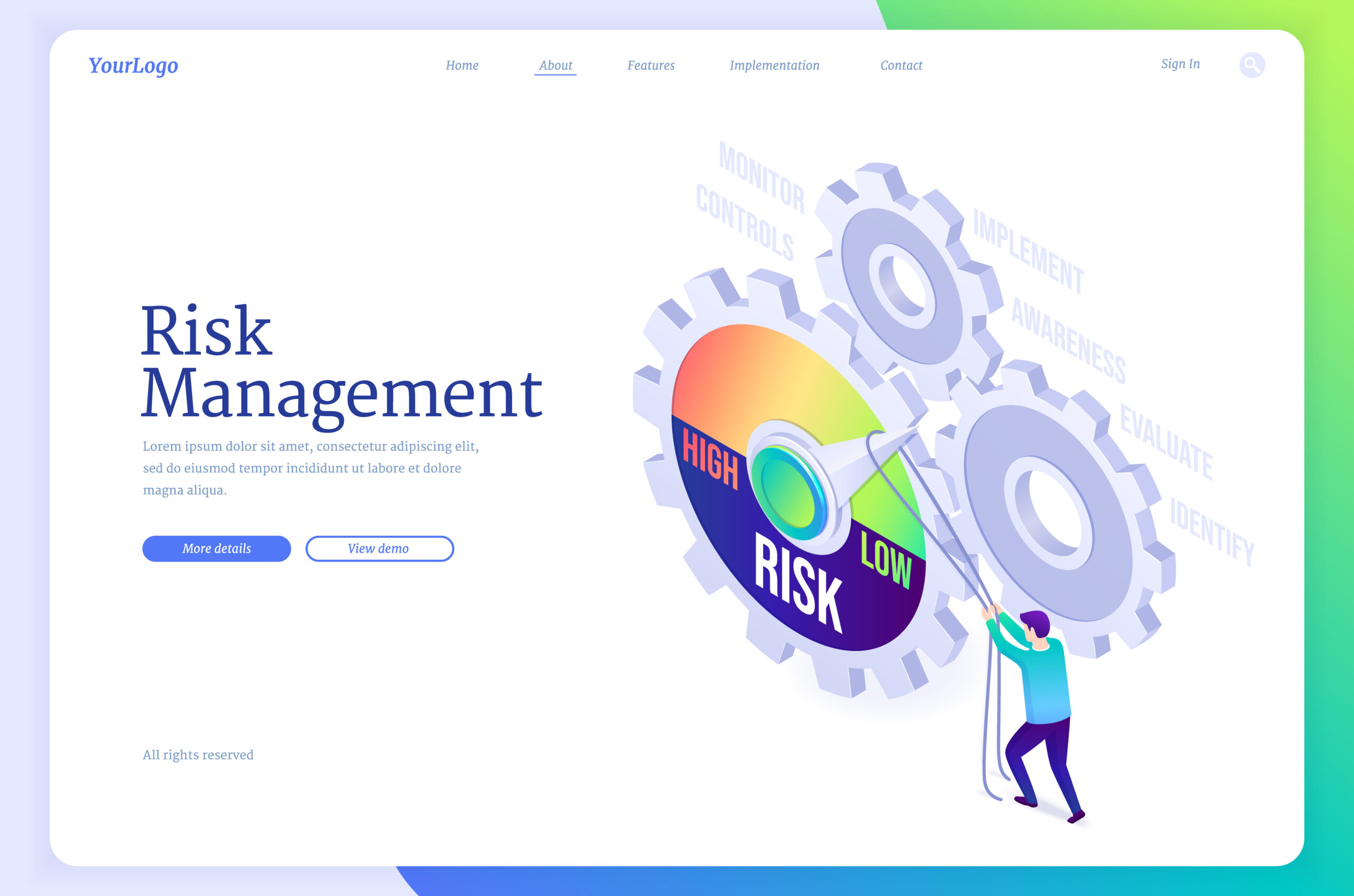
Why Risk Management Is Key to Successful Stock Trading
Let’s dive into a topic that can make or break your stock trading journey: risk management. It might not sound as thrilling as chasing big profits, but trust me—it’s the foundation of long-term success. Without it, even the best strategies can lead to losses faster than you can say “market crash.”
What Is Risk Management, and Why Is It Crucial?
Risk management is all about protecting your trading capital. Imagine it as the safety net that keeps you in the game when the market takes an unexpected turn. Successful trading isn’t just about making money; it’s about keeping your losses small so your wins can actually matter.
Think of trading as a marathon, not a sprint. With proper risk management, you’ll have the endurance to keep going even when the market challenges you.
The Core Principles of Risk Management
1. Limit How Much You Risk Per Trade
The golden rule: never risk more than 1-2% of your total trading account on a single trade. For example, if your account is $20,000, keep your maximum risk at $200-$400 per trade. This way, even if a trade goes south, your account won’t take a massive hit.
2. Position Sizing
Your trade size should match the level of risk you’re willing to take. Use a position sizing calculator to determine how much you can safely trade based on:
- The size of your account
- Your risk tolerance
- The distance between your entry and stop-loss prices
3. Use Stop-Loss Orders
Stop-loss orders are non-negotiable. They automatically close your position if the price hits a certain level, limiting potential losses. This is one of the simplest and most effective tools to protect your account from large drawdowns.
How Risk Management Leads to Long-Term Success
1. Protects Your Capital
Losing streaks happen to everyone, even the pros. With proper risk management, you can weather the storm and live to trade another day.
2. Reduces Emotional Trading
When you manage your risk, you’re less likely to panic during market volatility. This keeps emotions like fear and greed from sabotaging your trades.
3. Builds Confidence
Knowing you have a solid risk management plan gives you the confidence to execute trades without second-guessing.
Tools That Make Risk Management Easier
1. Market Data APIs
Reliable tools like the Insight Ease API help you access real-time data to make informed decisions, from setting stop-losses to identifying trends.
2. Position Sizing Calculators
These ensure you’re not overexposing your account on any one trade.
3. Automated Alerts
Set alerts for critical price levels to stay ahead of sudden market movements.
Common Risk Management Mistakes to Avoid
- Not Using Stop-Losses
Letting losses run in the hope the market will reverse is a recipe for disaster. - Overleveraging
Trading with too much leverage amplifies both wins and losses, often leading to account blowouts. - Risking Too Much on One Trade
No single trade should have the power to ruin your account. - Ignoring Market Conditions
Adapt your risk levels to the current market. High volatility may require smaller position sizes or wider stop-losses.
Advanced Risk Management Tips
1. Diversify Your Trades
Don’t put all your capital into a single stock or sector. Spread your risk across different markets and strategies.
2. Aim for a Positive Risk-Reward Ratio
Always aim for a reward that’s at least twice your risk. For example, if you’re risking $100, aim for a potential profit of $200 or more.
3. Review and Adjust Regularly
Risk management isn’t a “set it and forget it” strategy. Review your plan monthly or after significant losses to ensure it’s still effective.
How to Start Implementing Risk Management
Step 1: Plan Every Trade
Before entering any trade, define:
- Your maximum loss
- Your target profit
- Your exit strategy
Step 2: Stick to the Rules
Once your plan is in place, follow it! Moving stop-losses or ignoring position sizing is a fast track to losing money.
Step 3: Use Technology to Your Advantage
Leverage modern tools like APIs, calculators, and market alerts to make risk management effortless.
Final Thoughts
Risk management isn’t just a safety measure—it’s the key to longevity and success in stock trading. The best traders aren’t those who avoid losses entirely (spoiler: no one can). They’re the ones who limit their losses, maximize their gains, and stay consistent.
So, take the time to build a solid risk management strategy. Trust me, your future self will thank you!
Got questions or want to share your own risk management tips? Drop them in the comments—I’d love to hear from you!
Remember: Trading isn’t just about winning; it’s about staying in the game. Good risk management is how you make that happen.

